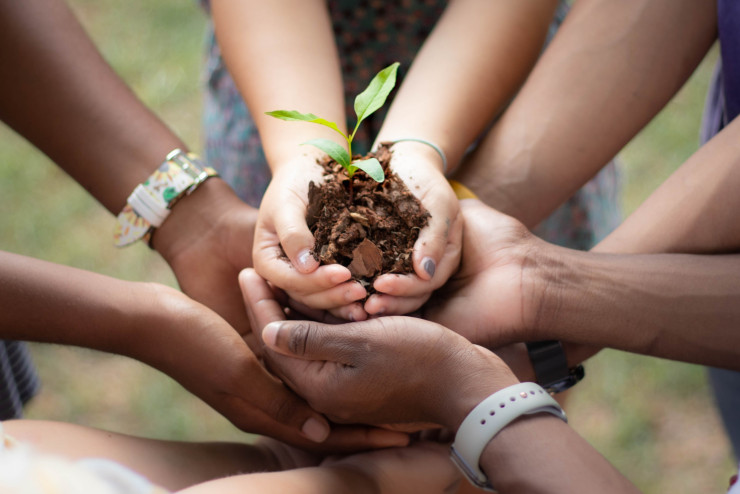
Environmental Sustainability
Study humanity’s relationship with the Earth & its ecosystems and explore the intersection of ecology, economics, policy, justice, & citizenship.
The Department of Earth and Environmental Systems (EES) unites multiple disciplines under one physical roof (Snowden), to provide an integrated experience for students interested in how the Earth and its environment shape our lives, and how we in turn shape our planet. Our classes combine lectures with hands-on experiences that leverage our 13,000 acre campus, and we balance experimental and laboratory work with the modeling and technical skills needed in the modern workplace.

Environmental Sustainability
Study humanity’s relationship with the Earth & its ecosystems and explore the intersection of ecology, economics, policy, justice, & citizenship.

Forestry
Study the composition, structure, processes, and socioeconomic impacts of forested and woodland areas that enable communities to thrive.
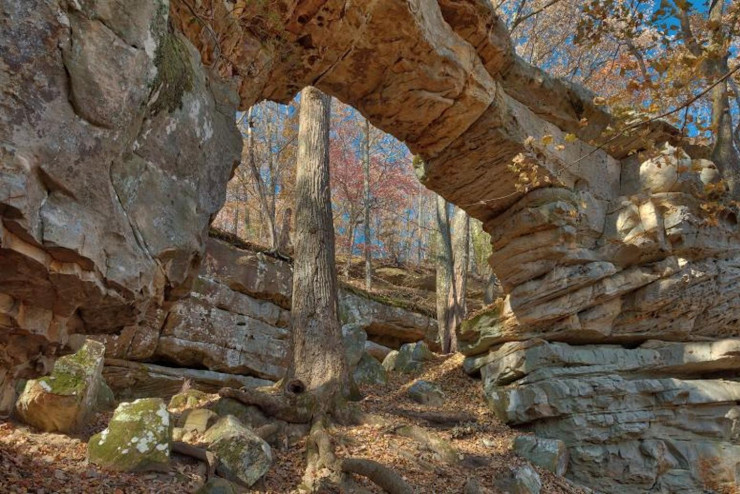
Study how the Earth’s formation and evolution shapes our planet and explore how geological materials and processes influence our daily lives.
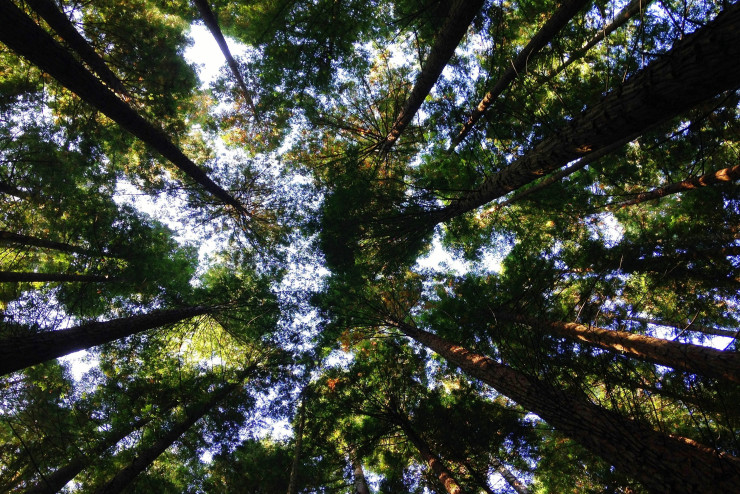
Natural Resources
Combine a foundation of forestry & geology with customizable coursework to develop the breadth of knowledge needed for a career that balances the intrinsic and utilitarian value of the Earth's finite resources.
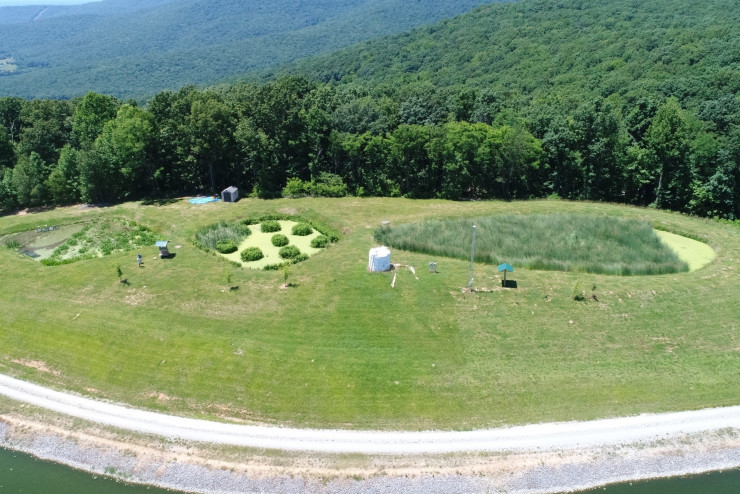
Watershed Science Certificate
Learn about the interconnected physical, chemical, and biological factors that affect our watersheds while getting a leg up in the job market.
Want to learn how our majors compare?
Check out this visual comparison of the four majors we offer under the umbrella of Earth & Environmental Systems.
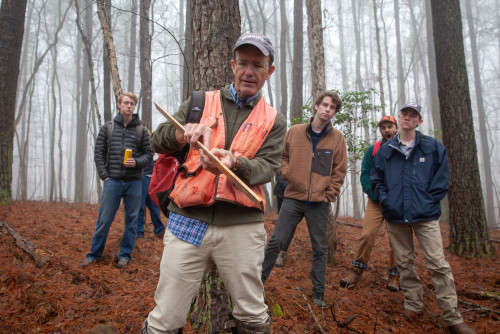
Teaching and advising students takes a village. In our department, that includes all of our faculty and staff.
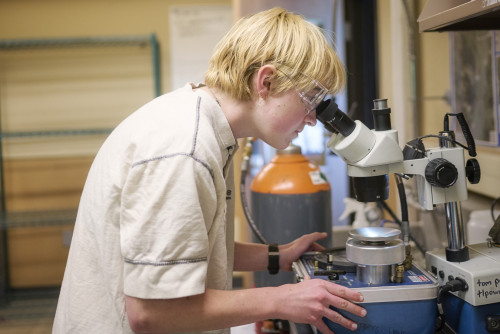
From experiences in the great outdoors to measurements at world-class particle accelerators.
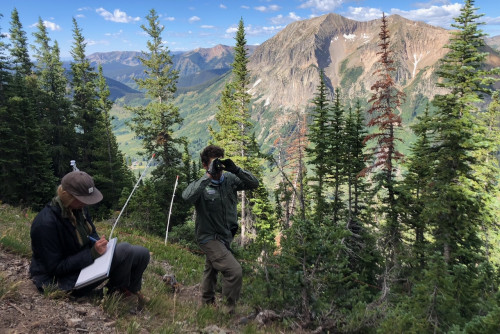
Learn about career outcomes for graduates from across the four EES majors.
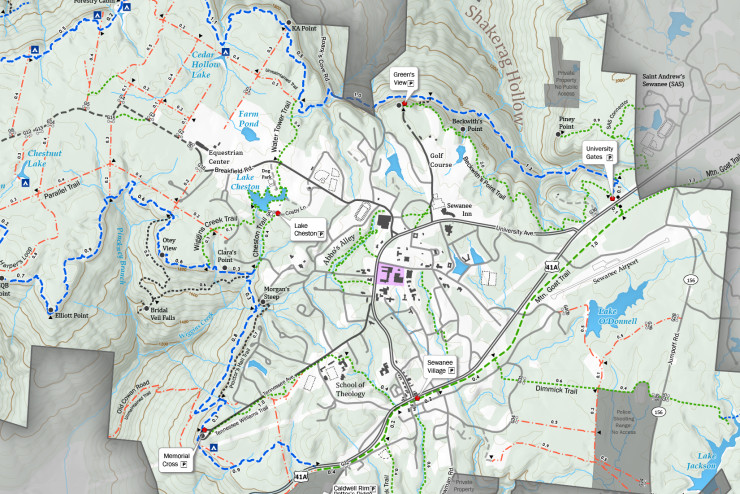
Landscape Analysis Lab (LAL)
Through the LAL, take courses in GIS (Geographic Information System), and learn to collect and analyze spatial data. LAL also provides GIS support for faculty, staff, and students across the university, community, and regional organizations
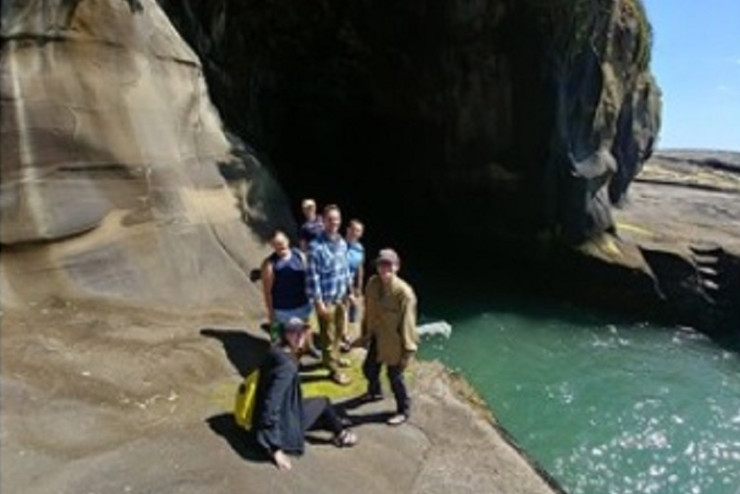
Sewanee's Integrated Program in the Environment (SIPE)
SIPE has over 30 faculty and staff engaged with students on a variety of research and applied field projects. They provide internship support and are involved with management and conservation issues across the globe.
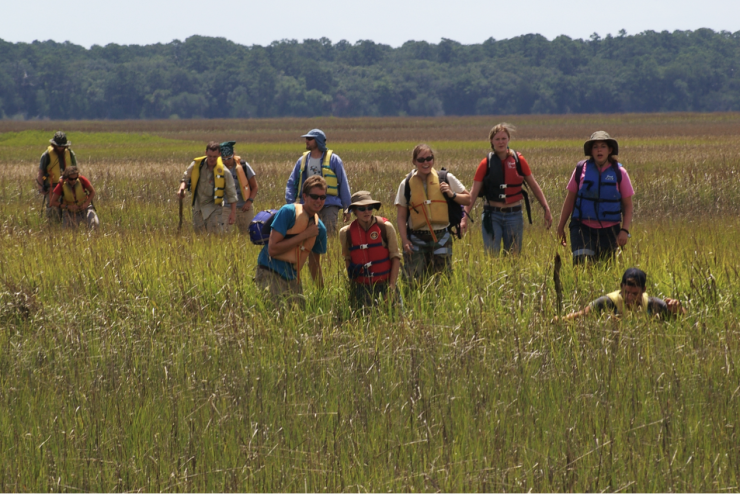
Island Ecology
The Island Ecology program has provided students the unique opportunity to live and work on St. Catherines, one of the largest undeveloped islands on the Atlantic coast of the United States for 34 years.

University Farm
The University Farm helps to nourish our students nutritionally and intellectually. Many of our students work on the farm and may even complete capstone projects utilizing this unique resource.
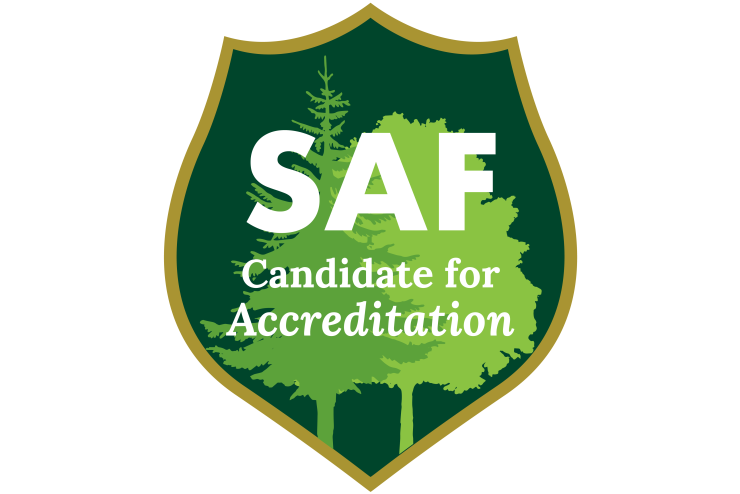
Society of American Foresters
The education programs in Earth and Environmental Systems leading to the Forestry and Natural Resource B.S. degrees are accredited by the Society of American Foresters (SAF), under its forestry and natural resources standard.
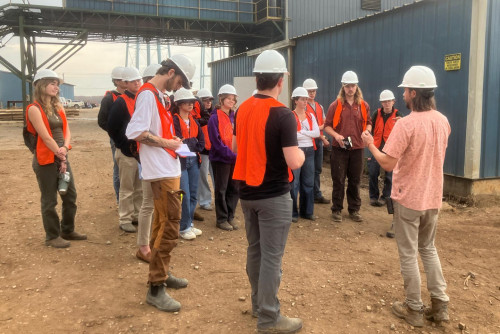
Our Intro Forestry class toured Thompson Appalachian Hardwoods for a firsthand look at the modern hardwood sawmilling process. Students followed logs from the yard through sawing, drying, and grading, learning how technology, efficiency, and sustainable forest management connect. The visit offered a clear link between classroom concepts and real-world industry practice.
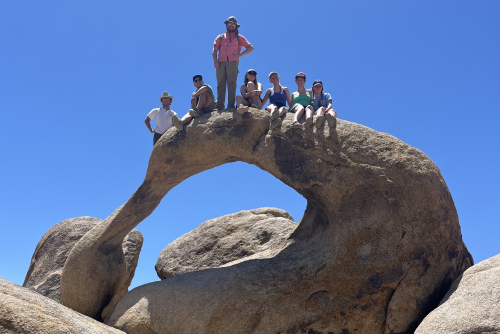
Peri Fedderman (C'28), Caroline Goodsell (C'27), Sorrel Kuppinger (C'28), Adam Watson (C'26), Stella Wilkins (C'28), and Bob Failing (Millsaps) spent three weeks immersed in the landscapes and geology of California in Dr. Max Dahlquist's GEOL 323: Geology of the Western United States. Students dug into desert soils, ascended glacially-scoured alpine valleys, and found fault(s) everywhere. Join the next iteration Summer 2027!
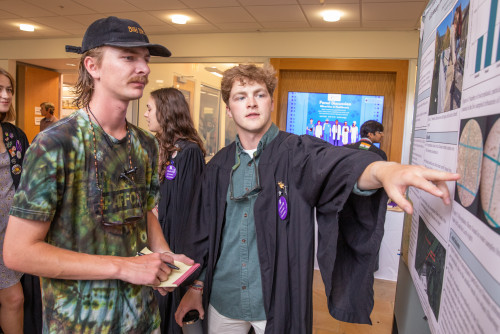
Eighteen EES students presented research at Scholarship Sewanee on topics as varied as subalpine forest mortality in the Rocky Mountains, thin section analysis of the Pennington Formation, phase transitions in hydrous sulfates at extreme pressures and temperatures, a multi-temporal landslide inventory for Wetar Island, and how regenerative practices affect soil carbon sequestration on small farms on the Cumberland Plateau.